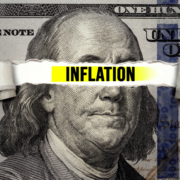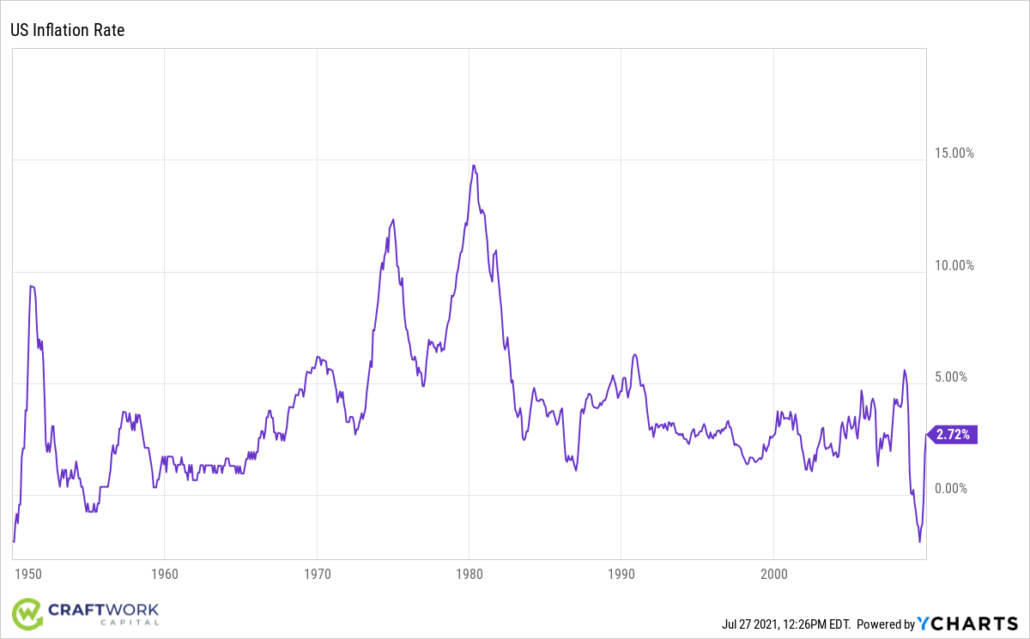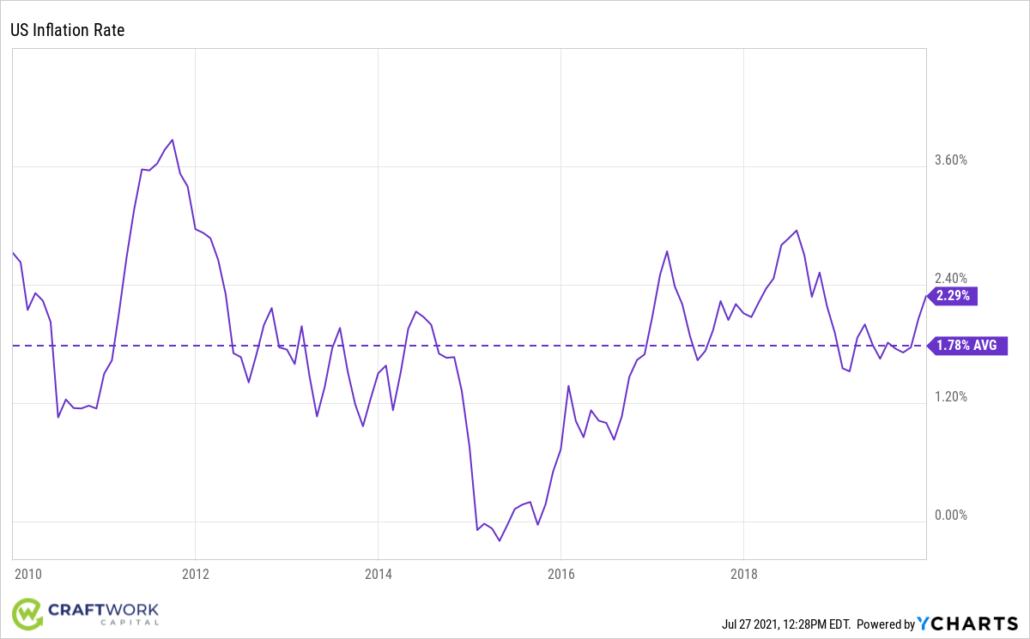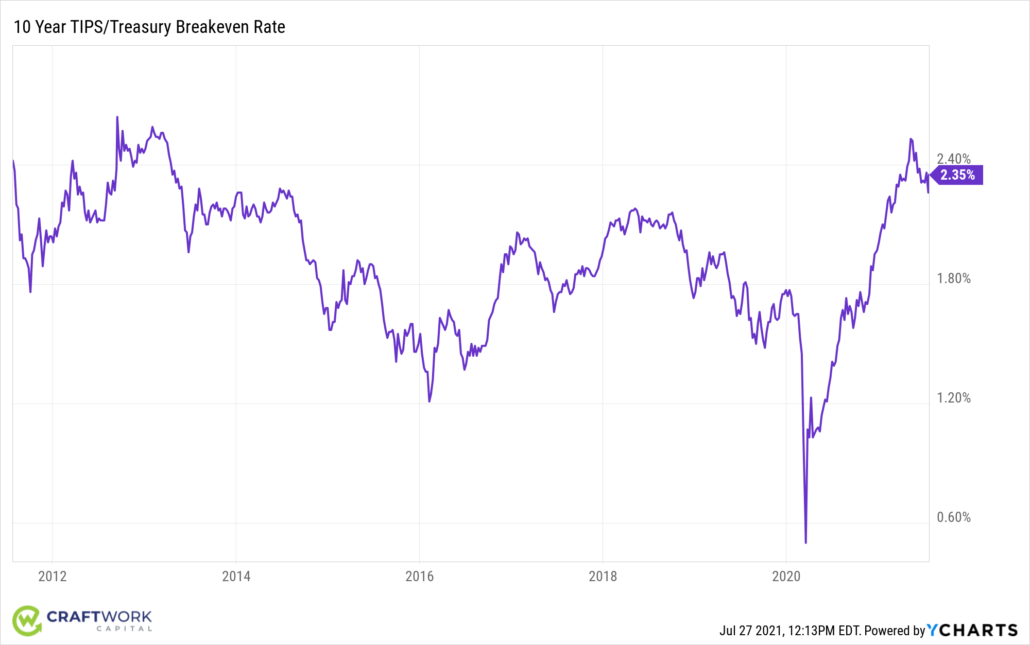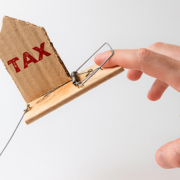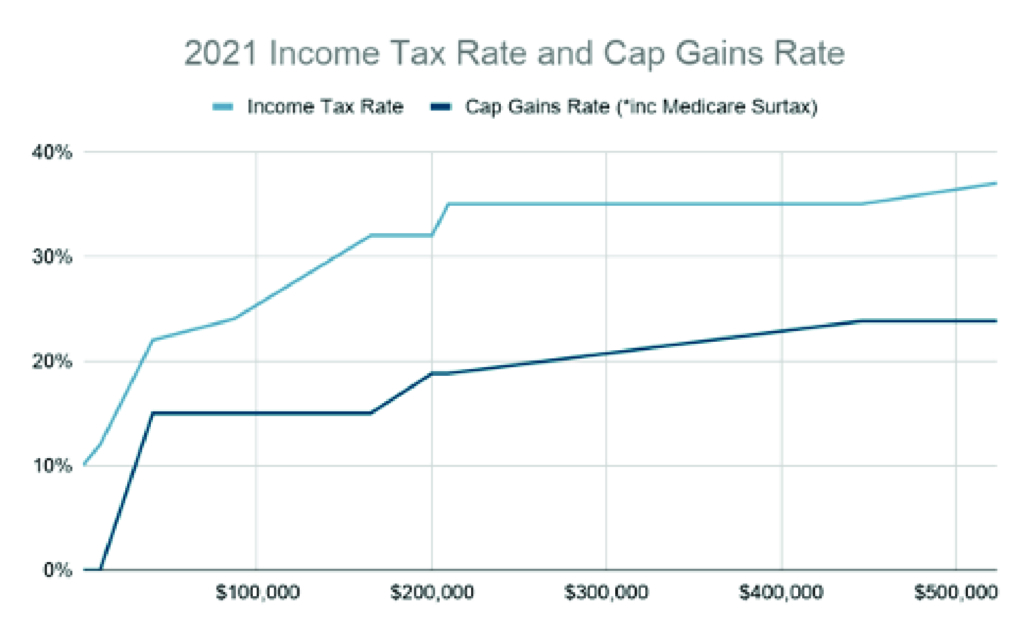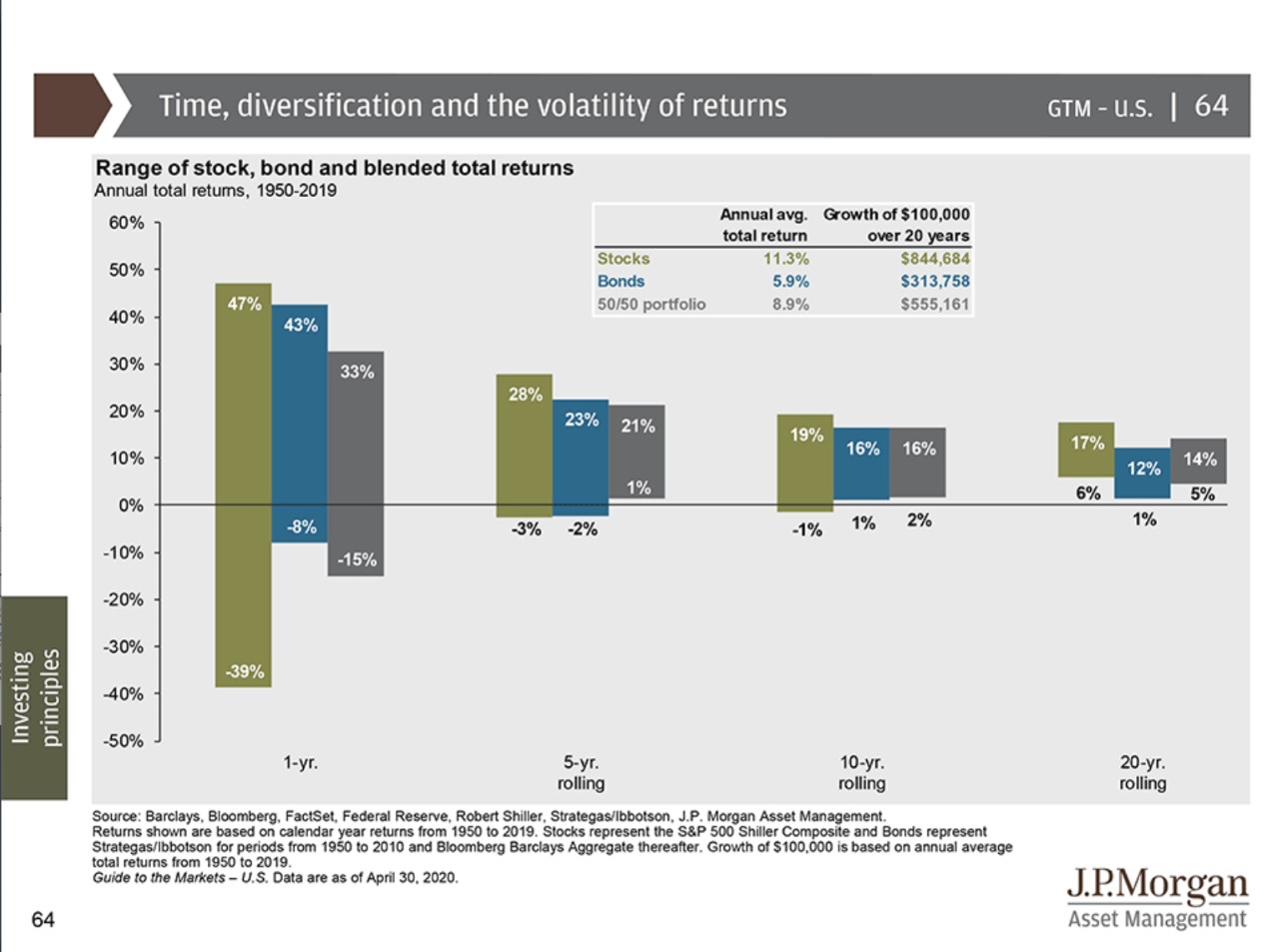5 Stages of Financial Independence
As we cross the midpoint of 2022 and celebrate America’s independence, we thought it appropriate to recognize that many of our clients are on their own paths to freedom: financial freedom. Reaching financial independence can be a daunting goal to think about, so we’ve set a few big milestones to guide you on your journey.
Level 1: Freedom from Bad Debt
If you find yourself carrying balances on credit cards, falling behind on medical debt, or dealing with payday lenders, then eliminating debt needs to be your top financial priority. According to WalletHub, the average interest rate on an existing credit card account is 14.56%. Many borrowers face interest rates quite a bit higher. It’s not uncommon to encounter credit card interest rates of 20% or more.
An interest rate north of 20% means that your debt will likely double every 3.6 years if you don’t pay down principal. Consider cutting discretionary spending as much as possible or adding a side hustle to climb out of this hole.
It’s also important to know the difference between bad debt and not-so-bad debt. The latter category consists of things like home mortgages, low-interest car loans, and student loans. The interest rates on these items tend to be more reasonable,
Some may argue that a car loan is not good debt since a car depreciates. While that’s true, for many a car is necessary to get to work and earn an income. And so while we don’t think of the car itself as an investment, it is an investment into mobility and flexibility that makes someone more predictably employable.
It can be frustrating to battle debt, it’s a tremendous accomplishment when you pay it off. And the “muscle” that you use to pay down debt (living below your means) is the same one that you’ll use to build savings.
Level 2: Emergency Fund Attained
Once you free yourself from high interest debt, it’s important to avoid backsliding. One way to stay out of debt is to build an emergency fund. A general “rule of thumb” suggests that you should save up 3-6 months worth of expenses in cash. In reality, your emergency fund should reflect your broader financial situation.
For example, someone with high income volatility whose income depends on commissions or bonuses may want to save at least 6 months of expenses. This cushion could mitigate the impact of slow business cycles. Meanwhile, someone with a stable income in a stable industry may be comfortable having a lower emergency fund saved.
Another factor to consider is your vulnerability to large expenses. For example, if you own an old home, chances are likely that you’ll face some significant maintenance costs. In contrast, someone who rents an apartment won’t have to worry as much about big repairs.
Whatever amount you decide for your emergency fund, building a cash reserve for the unexpected is the second level of security on the road to financial freedom.
Level 3: Have One Year Worth of Expenses Covered
Having a full year’s worth of expenses covered means that you’re more secure in the event of an emergency. It also provides you with more power and flexibility in how you operate your life. For example, you won’t be trapped if your boss or job becomes. You’ll have the ability to step away and re-evaluate if needed. If you want to start a business, you’ll have some time and money to try something new.
You could think of this as an extended emergency fund, but by definition this money doesn’t all need to be in cash. Instead, these are funds that should be accessible if you need them, but can be allocated to a longer-term goal as well.
For example, you could save in a regular (taxable) brokerage account, as opposed to a 401(k) or IRA account. There is no age requirement to access those funds This makes a taxable brokerage account a flexible option for either long-term savings, or to tap in an emergency.
Level 4: Partial Financial Independence
Partial financial independence can express itself differently depending on someone’s personal goals and circumstances. The most common instance that we see people shooting for is a downshift or “Coasting” situation.
To achieve partial financial independence, your retirement savings should be at a level where you have accumulated a meaningful amount. You don’t need to save at the same rate. Rather, you just need time for your assets to compound and grow.
We see this most often with high-intensity careers. Perhaps you’ve been in management and want to return to a technician role. Or perhaps you have a hobby or passion project that could be profitable, just not at the income level that you’ve been used to.
The Coasting phase could smooth your transition as you approach full financial independence, and also might allow you to work at a job you’re happy to do. Many of the people we work with are happy to keep working as long as the work they do provides them meaning and purpose on a daily basis. Getting to this level of partial independence means that you can control your time.
You could also choose to express partial financial independence through taking a sabbatical or break with the intent to return to your full-time career. Having a meaningful nest egg saved up for retirement provides you with freedom and opportunities you may not otherwise enjoy.
Level 5: Full Financial Freedom
The pinnacle of financial freedom comes when you have enough resources to never work again and still meet all of your expected needs. One common method for determining whether you’ve reached this point is by using a 4% expected withdrawal rate. If you can live comfortably by spending 4% of your nest egg each year, you’ve saved enough to stop working.
Reversing the 4% withdrawal rate can be instructive. Withdrawing 4% each year should allow you to live off of your nest egg for 25 years. So you can determine your savings target by multiplying your annual income needs by 25. If you plan to fully retire early, you might want to target closer to 27-30x your expected needs to be safe. Or if you’re expecting to retire at a later age, perhaps 22-24x your needs will be fine.
“If I ever won the lottery I wouldn’t quit my job, but I’d sure be a lot harder to supervise!”
Sadly, I can’t remember the origin of this joke… but it’s a similar position to those who have accomplished full financial freedom. Once you have reached this level of accumulated savings, the world is your oyster. If you continue to work, you do so knowing that it is your choice. To the extent you enjoy your work or want to continue building generational wealth you can. But your time is your own to make choices with.
–
Whatever level you are at today, our hope is that this framework gives you some clarity around how Craftwork Capital thinks about financial freedom. Freedom isn’t a single destination that you are decades from as an early saver. Each rung on the ladder provides a new level of autonomy that gives you increased control over your financial outcomes and your life in general.


